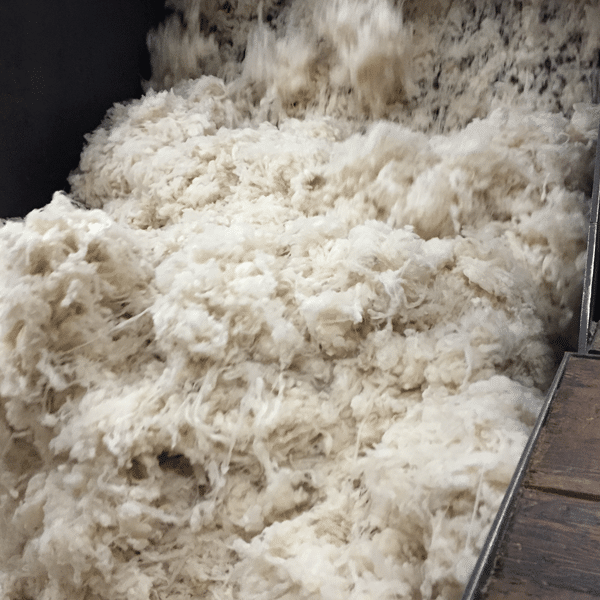Blending is the process of combining different types of fibers based on desired characteristics to create custom woolen and synthetic blends. The fiber blending process ensures that the final custom yarn or fabric meets performance and aesthetic requirements.
Each fiber has its own set of unique properties, including durability, softness, elasticity, heat resistance, and color. We review your requirements and recommend a fiber combination to enhance the final yarn or fabric product according to your specifications. Fiber combinations can include:
- wool/nylon
- wool/bison
- wool/alpaca
- alpaca/angora
- Nomex®/Kevlar®
- and more!
Proper blending of custom fiber blends also ensures optimal fiber distribution for high-quality industrial and performance yarns.









